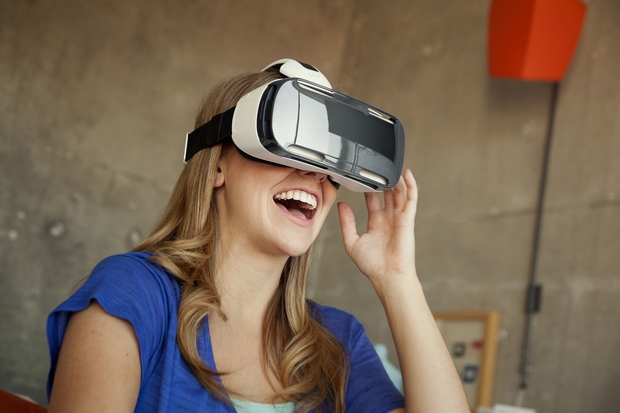For ages now Firefox has been losing users almost as it holds on to their memory and while it has made pushes into mobile, the outfit has not really done much cutting edge since it sank Internet Exploder in Europe.
All that is set to change as the Foundation starts putting Virtual Reality under the bonnet of the browser.
Mozilla researchers Vlad Vukicevic and Josh Carpenter have been telling Road to VR about Mozilla's cunning plans to build building native-feeling immersive VR sites.
"Ultimately, we want users to have a seamless, friction-free experience on the Web, whether browsing existing Web content or new VR content. We also want developers to have a clear path to creating new fully-immersive VR web sites as well as adding VR elements to their current sites. Finally, we want all of this to work on the widest possible range of hardware, as one of the strengths of the Web is its ability to scale from the lowest end mobile phones to the highest end desktops," they said.
Initially the Web VR has focused on creating content using WebGL, which is a full 3D graphics API. WebGL is powerful, but it's an API borrowed from the 3D world purely to enable high performance 3D graphics on the Web.
WebGL is a good place to get started with VR experiments on the Web, but HTML+CSS are still the languages we use to structure and lay out websites. So for VR Web to take off, it needs to enable Web developers to create VR experiences using these languages they already know.
So there has to been a way to view and interact with HTML and CSS websites in virtual reality and this will mean VR equivalents of scrolling, clicking links, zooming in, etc.
"We will need to determine how to display desktop and mobile sites that were never designed for virtual reality," they said.
WebVR is currently best supported on desktop browsers like Firefox Nightly, where it is experienced as a temporary mode within a traditional 2D browsing user interface. These interfaces were not designed with virtual reality in mind, and as a consequence we cannot "browse" inside VR.
"We do not believe Web VR will take off until we can truly surf the Web from inside virtual reality, with the functionality we expect from modern browsers. We have begun this work with our early 'Hiro' prototypes, and we have many more ideas!"
It is all looking jolly interesting and we have a soft spot for the Open Saucy Mozilla so we hope it comes off.




